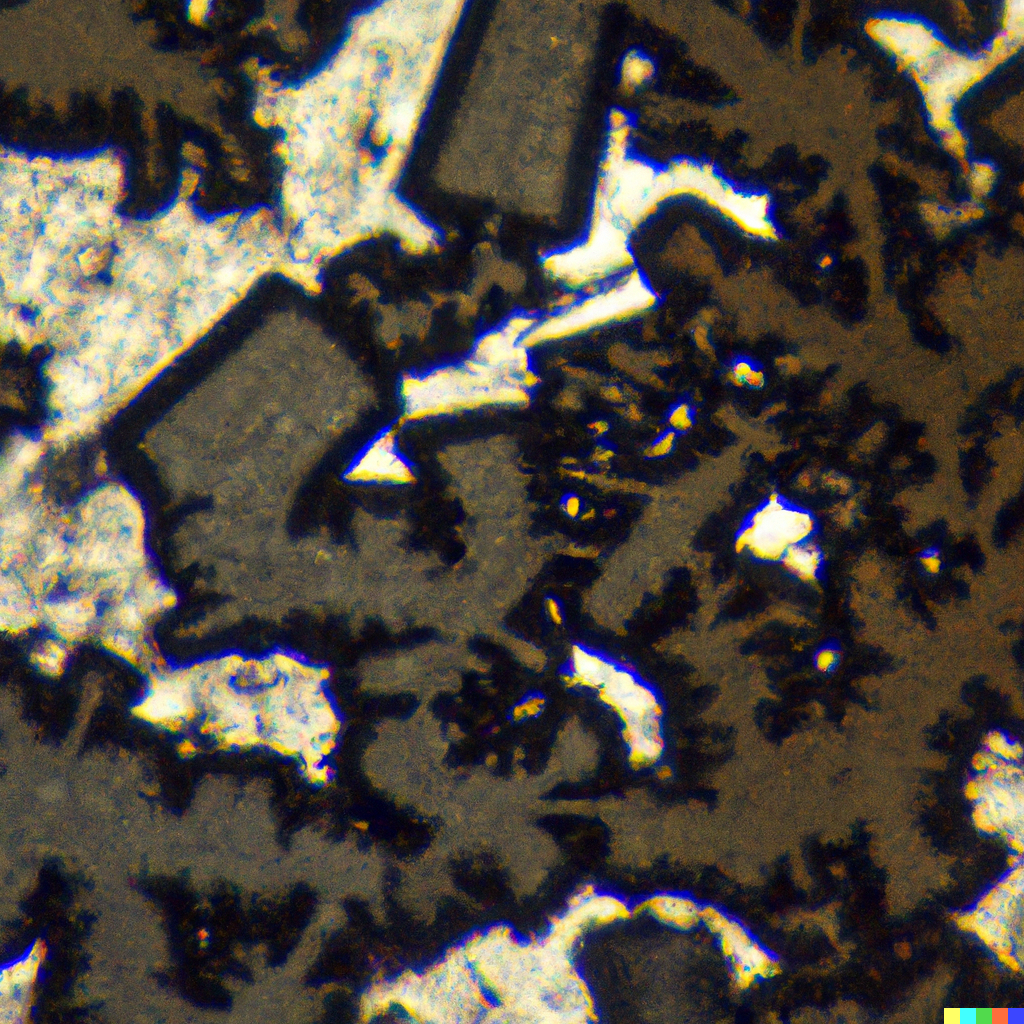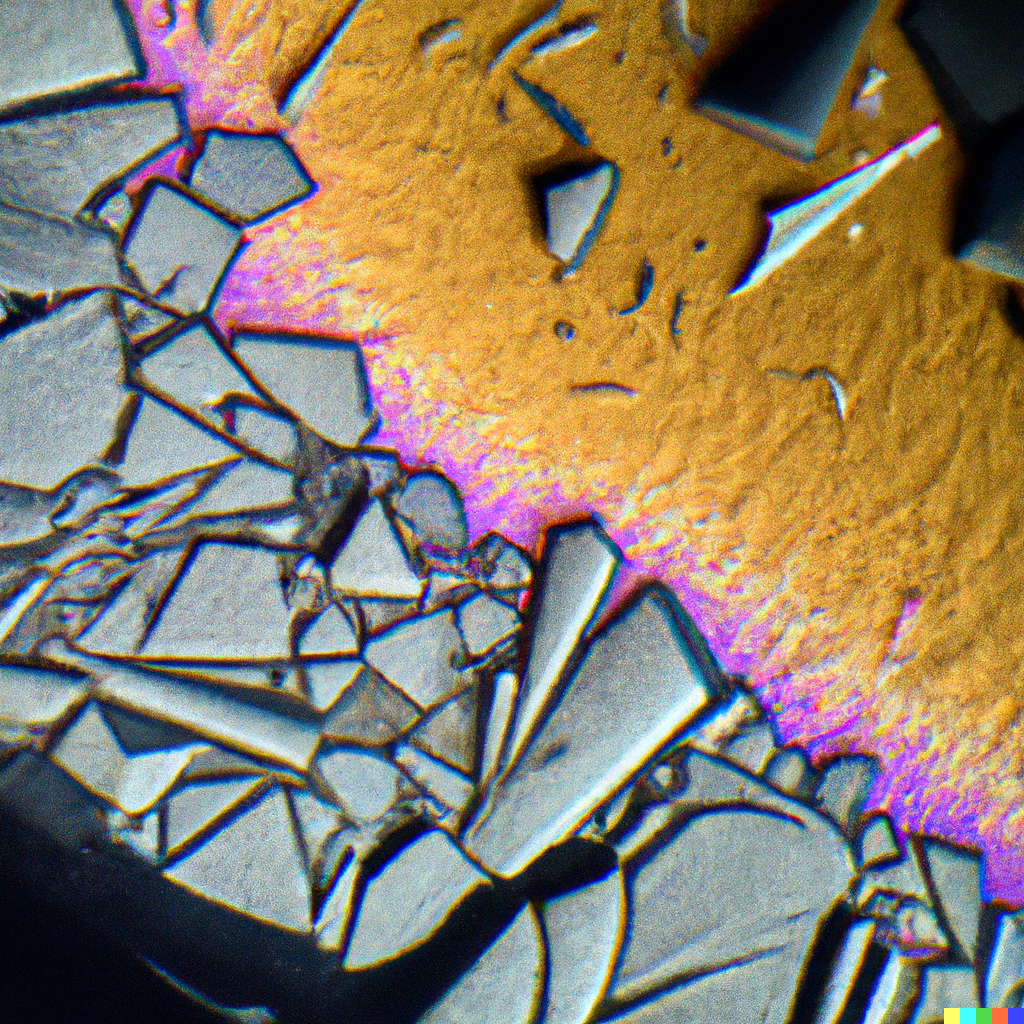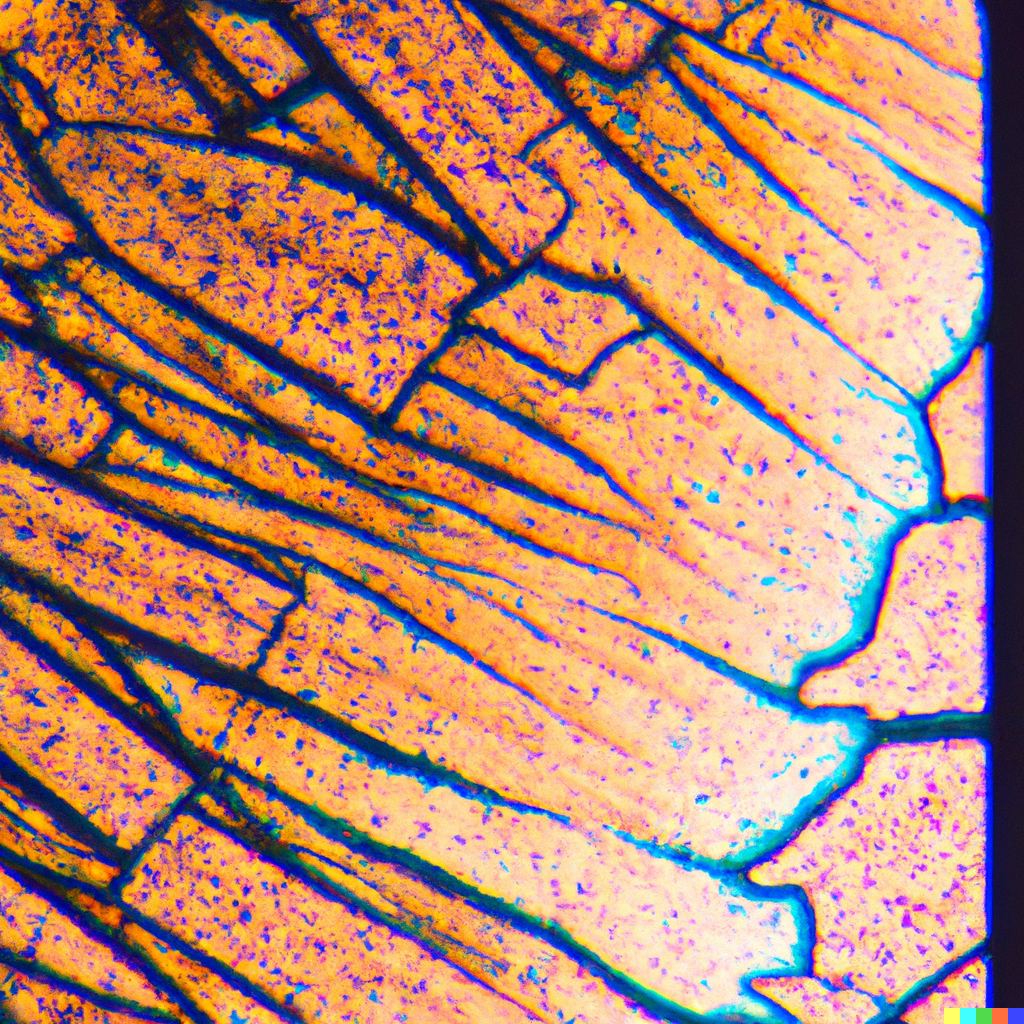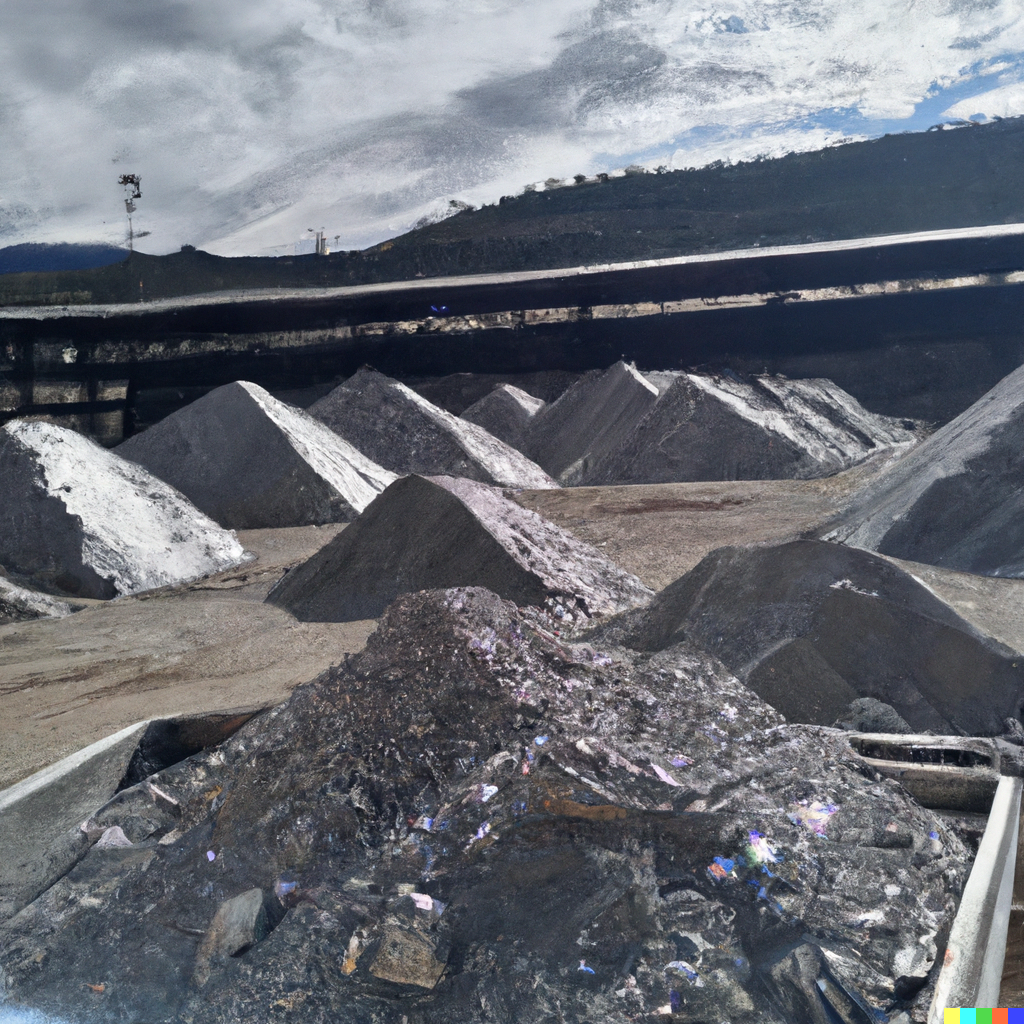Polymer engineering is a specialized field of materials engineering that deals with the design, development, and application of polymers. Some of the specializations in polymer engineering include:
- Polymer Processing: This specialization deals with the processing of polymers to create products with specific physical properties. Polymer processing engineers develop and optimize manufacturing processes for making products such as plastic bottles, films, fibers, and composites.
- Polymer Chemistry: Polymer chemists design and synthesize new polymers, optimize their properties, and develop methods for characterizing their structures. They study the chemical reactions that occur during polymerization and use this knowledge to develop new polymer materials with unique properties.
- Polymer Physics: Polymer physicists study the physical properties of polymers, including their behavior under different conditions such as temperature, pressure, and deformation. They use this knowledge to develop models that can predict the behavior of polymers in different environments.
- Polymer Materials: This specialization deals with the selection, design, and testing of polymer materials for specific applications. Polymer materials engineers work on developing new materials with specific properties such as high strength, durability, and chemical resistance.
- Polymer Nanotechnology: Polymer nanotechnology is a growing field that focuses on the development of new polymer-based materials and devices at the nanoscale level. This includes the development of new methods for synthesizing and manipulating polymers at the nanoscale level for applications in fields such as medicine, electronics, and energy.
These are just a few examples of the specializations in polymer engineering. Other areas of specialization include polymer rheology, polymer composites, and polymer recycling.

Biomaterials engineering is a specialized field of materials engineering that focuses on developing materials that are compatible with biological systems and can be used in medical devices, tissue engineering, drug delivery, and other biomedical applications. Some of the specializations in biomaterials engineering include:
- Tissue Engineering: Tissue engineers use biomaterials to create living tissues and organs for transplantation or regenerative medicine. This field involves understanding the interaction between cells and biomaterials and developing techniques to create functional tissues and organs.
- Implant Design and Manufacturing: Biomaterials engineers in this specialization design and manufacture medical implants such as joint replacements, heart valves, and dental implants. They work on developing new materials and techniques to improve implant performance and longevity.
- Drug Delivery: This specialization focuses on the design and development of biomaterials for drug delivery. Biomaterials can be used to encapsulate drugs, allowing them to be delivered directly to the target site, reducing side effects and improving therapeutic outcomes.
- Biocompatibility and Toxicity Testing: Biomaterials engineers in this specialization evaluate the biocompatibility and toxicity of biomaterials used in medical applications. They study the interactions between biomaterials and biological systems and develop methods for testing the safety and efficacy of new materials.
- Nanobiomaterials: This specialization involves the development of biomaterials at the nanoscale level. Nanobiomaterials can be used for a variety of medical applications, including drug delivery, imaging, and tissue engineering.
Other areas of specialization in biomaterials engineering include biomaterials characterization, biosensors, and biodegradable materials.

Nanomaterials engineering is a specialized field of materials engineering that focuses on the design, synthesis, and application of materials with nanoscale dimensions. Some of the specializations in nanomaterials engineering include:
- Nanoelectronics: This specialization involves the development of electronic devices and circuits using nanomaterials. Nanoelectronics engineers work on developing new materials and techniques to improve device performance and energy efficiency.
- Nanophotonics: Nanophotonics is the study of the interaction between light and matter at the nanoscale level. Nanophotonics engineers develop materials and devices that can manipulate light for applications such as sensors, imaging, and energy conversion.
- Nanobiotechnology: This field focuses on the use of nanomaterials for biomedical applications. Nanobiotechnology engineers develop nanomaterials for drug delivery, medical imaging, and tissue engineering.
- Nanomaterials synthesis and characterization: This specialization focuses on the development of new methods for synthesizing and characterizing nanomaterials. Nanomaterials engineers in this field work on developing new techniques for controlling the size, shape, and composition of nanomaterials to improve their properties.
- Nanomaterials for energy: This field involves the development of nanomaterials for energy generation, storage, and conversion. Nanomaterials engineers work on developing new materials for solar cells, batteries, and fuel cells.
Other areas of specialization in nanomaterials engineering include nanomechanics, nanorobotics, and environmental nanotechnology.

Ceramic engineering is a specialized field of materials engineering that involves the study of ceramics, their design, and their applications. Some of the specializations in ceramic engineering include:
- Ceramic Processing: This specialization deals with the processing of ceramics to create products with specific physical properties. Ceramic processing engineers develop and optimize manufacturing processes for making products such as tiles, bricks, refractories, and electrical insulators.
- Ceramic Materials: This specialization involves the selection, design, and testing of ceramic materials for specific applications. Ceramic materials engineers work on developing new materials with specific properties such as high strength, toughness, and thermal shock resistance.
- Glass Science: Glass science involves the study of glass materials and their properties. Glass scientists work on developing new glass compositions with improved properties such as optical transparency, mechanical strength, and chemical durability.
- Structural Ceramics: Structural ceramics are used in applications that require high strength and durability, such as cutting tools, armor, and engine components. Structural ceramics engineers work on developing new materials and processing techniques to improve their performance and reliability.
- Bioceramics: Bioceramics are used in medical and dental applications, such as implants, dental crowns, and bone scaffolds. Bioceramics engineers work on developing materials that are biocompatible, can promote tissue regeneration, and can withstand the harsh environment of the human body.
Other areas of specialization in ceramic engineering include electronic ceramics, advanced ceramics, and ceramic coatings.

Metallurgical engineering is a specialized field of materials engineering that involves the study of metals, their properties, and their applications. Some of the specializations in metallurgical engineering include:
- Extractive Metallurgy: Extractive metallurgy deals with the extraction of metals from ores and the refining of metals to improve their properties. Extractive metallurgical engineers work on developing new methods for extracting metals such as iron, copper, and aluminum from their ores.
- Physical Metallurgy: Physical metallurgy involves the study of the physical and mechanical properties of metals. Physical metallurgists work on developing new materials and alloys with specific properties such as strength, ductility, and corrosion resistance.
- Materials Processing: This specialization deals with the processing of metals to create products with specific physical properties. Materials processing engineers develop and optimize manufacturing processes for making products such as steel, aluminum, and other metal alloys.
- Metallurgical Failure Analysis: Metallurgical failure analysis involves the investigation of material failures to determine the cause and to prevent future failures. Metallurgical engineers in this field use various techniques to identify and analyze the root cause of failures and develop strategies to prevent them.
- Metallurgical Thermodynamics: This specialization deals with the thermodynamics of metallurgical processes. Metallurgical thermodynamics engineers work on developing models and simulations to predict the behavior of metals under different processing conditions.
Other areas of specialization in metallurgical engineering include welding and joining, corrosion engineering, and materials characterization.

Electronic materials engineering is a specialized field of materials engineering that involves the study of electronic materials, their design, and their applications. Some of the specializations in electronic materials engineering include:
- Semiconductor Materials: Semiconductor materials are used in the production of electronic devices such as transistors, diodes, and integrated circuits. Semiconductor materials engineers work on developing new materials and improving existing materials to optimize device performance.
- Optoelectronics: Optoelectronics involves the study of electronic devices that can emit or detect light, such as LEDs, solar cells, and photodetectors. Optoelectronics engineers work on developing materials and devices that can improve efficiency, performance, and reliability.
- Thin Film Technology: Thin film technology involves the deposition of thin films of materials onto substrates to create electronic devices. Thin film engineers work on developing new methods for depositing and patterning thin films to create devices with specific properties.
- Electronic Packaging: Electronic packaging involves the design and manufacture of packages and enclosures for electronic devices. Electronic packaging engineers work on developing materials and techniques to improve the reliability, durability, and performance of electronic devices.
- Nanoelectronics: Nanoelectronics involves the study of electronic devices and circuits at the nanoscale level. Nanoelectronics engineers work on developing new materials and techniques to improve device performance, reduce energy consumption, and enable new applications.
Other areas of specialization in electronic materials engineering include magnetic materials, superconducting materials, and electronic materials characterization.

Optical materials engineering is a specialized field of materials engineering that focuses on the design, development, and application of materials that interact with light. Some of the specializations in optical materials engineering include:
- Photonic Materials: Photonic materials are used in the production of devices that manipulate light, such as optical fibers, waveguides, and lasers. Photonic materials engineers work on developing new materials and improving existing materials to optimize device performance.
- Optoelectronic Materials: Optoelectronic materials are used in devices that can emit or detect light, such as LEDs, photodetectors, and solar cells. Optoelectronic materials engineers work on developing materials and devices that can improve efficiency, performance, and reliability.
- Display Technology: Display technology involves the design and manufacture of devices that can create images using light, such as LCDs, OLEDs, and e-ink displays. Display technology engineers work on developing materials and techniques to improve the brightness, contrast, and resolution of displays.
- Optical Coatings: Optical coatings are used to control the reflection, transmission, and absorption of light. Optical coatings engineers work on developing new coatings and improving existing coatings to optimize their performance in various applications.
- Nonlinear Optical Materials: Nonlinear optical materials are used in devices that can manipulate light in ways that go beyond linear optics. Nonlinear optical materials engineers work on developing materials and devices that can be used in applications such as frequency conversion, optical switching, and data processing.
Other areas of specialization in optical materials engineering include fiber optics, optical sensors, and materials characterization.

Energy materials engineering is a specialized field of materials engineering that focuses on the development and application of materials for energy generation, conversion, and storage. Some of the specializations in energy materials engineering include:
- Solar Materials: Solar materials are used in the production of solar cells for converting sunlight into electricity. Solar materials engineers work on developing new materials and improving existing materials to improve the efficiency and reliability of solar cells.
- Energy Storage Materials: Energy storage materials are used in batteries, supercapacitors, and other energy storage devices. Energy storage materials engineers work on developing new materials and improving existing materials to improve energy density, power density, and cycle life.
- Fuel Cell Materials: Fuel cell materials are used in fuel cells for converting chemical energy into electrical energy. Fuel cell materials engineers work on developing new materials and improving existing materials to improve efficiency, performance, and durability of fuel cells.
- Hydrogen Storage Materials: Hydrogen storage materials are used in hydrogen storage systems for fuel cells and other applications. Hydrogen storage materials engineers work on developing new materials and improving existing materials to improve storage capacity, release rates, and safety.
- Energy Conversion Materials: Energy conversion materials are used in devices for converting one form of energy into another, such as thermoelectric materials for converting heat into electricity. Energy conversion materials engineers work on developing new materials and improving existing materials to improve efficiency, performance, and reliability of energy conversion devices.
Other areas of specialization in energy materials engineering include energy-efficient materials for buildings and transportation, advanced materials for nuclear energy, and materials characterization for energy applications.

Construction materials engineering is a specialized field of materials engineering that involves the study of materials used in construction, their design, and their applications. Some of the specializations in construction materials engineering include:
- Concrete Materials: Concrete is one of the most commonly used construction materials, and concrete materials engineers work on developing new materials and improving existing materials to optimize their performance, durability, and sustainability.
- Structural Materials: Structural materials are used to support the weight of buildings and other structures. Structural materials engineers work on developing new materials and improving existing materials to optimize their strength, stiffness, and other mechanical properties.
- Geotechnical Materials: Geotechnical materials are used to stabilize the ground and provide support for foundations, retaining walls, and other underground structures. Geotechnical materials engineers work on developing new materials and improving existing materials to optimize their performance in various soil conditions.
- Building Insulation Materials: Building insulation materials are used to reduce heat loss and improve energy efficiency in buildings. Building insulation materials engineers work on developing new materials and improving existing materials to optimize their thermal insulation properties and sustainability.
- Masonry Materials: Masonry materials are used to build walls, arches, and other structures. Masonry materials engineers work on developing new materials and improving existing materials to optimize their strength, durability, and aesthetic appeal.
Other areas of specialization in construction materials engineering include roofing materials, flooring materials, and materials for bridges and roads.

Environmental materials engineering is a specialized field of materials engineering that focuses on developing materials and processes to minimize the impact of human activity on the environment. Some of the specializations in environmental materials engineering include:
- Green Materials: Green materials are environmentally friendly materials that are designed to reduce environmental impact. Green materials engineers work on developing materials that are made from sustainable resources and are biodegradable or recyclable.
- Waste Management Materials: Waste management materials are used to manage waste and reduce the amount of waste that is sent to landfills. Waste management materials engineers work on developing new materials and improving existing materials to optimize their performance in various waste management applications.
- Water Treatment Materials: Water treatment materials are used to treat water and wastewater to remove pollutants and contaminants. Water treatment materials engineers work on developing new materials and improving existing materials to optimize their performance in various water treatment applications.
- Air Purification Materials: Air purification materials are used to remove pollutants and contaminants from the air. Air purification materials engineers work on developing new materials and improving existing materials to optimize their performance in various air purification applications.
- Renewable Energy Materials: Renewable energy materials are used to generate energy from renewable sources such as wind, solar, and hydro. Renewable energy materials engineers work on developing new materials and improving existing materials to optimize their performance in various renewable energy applications.
Other areas of specialization in environmental materials engineering include soil and groundwater remediation materials, environmental monitoring materials, and materials for sustainable building design.






















